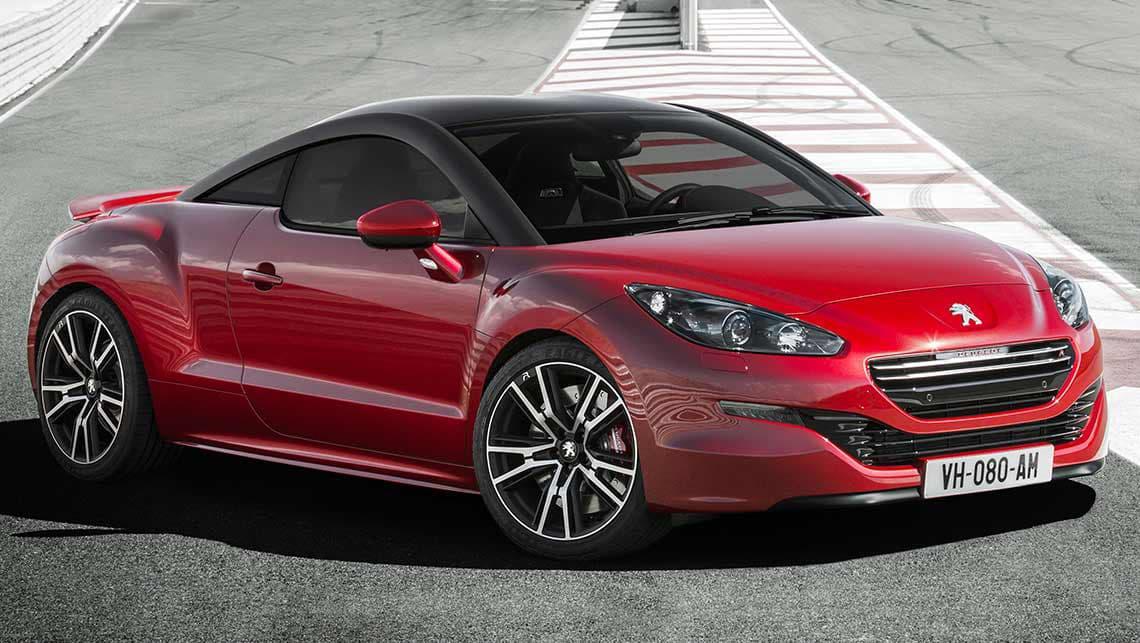Google Robot Car Bears ‘Some Responsibility’ in California Accident
by Matthew DeLuca
- Share
- Share
- Tweet
- Embed
Google says it bears “some responsibility” for a low-speed accident in which one of its self-guided cars nicked the side of a bus on a California road — an apparent very first for the company as it moves ahead with its plans for a driverless future.
One of Google’s driverless cars (which are tested with a human aboard, just in case) was cruising along El Camino Real in Mountain View, California on Valentine’s Day when it came to an intersection and placed itself to make a right turn, including to a traffic report from the state Department of Motor Vehicles.
Some sandbags were blocking the turn, so after letting a few (human-occupied) cars pass, the Google vehicle angled itself to budge back into traffic, and brushed an approaching bus.
“The Google AV [autonomous vehicle] test driver eyed the bus approaching in the left side mirror but believed the bus would stop or permit the Google AV to proceed,” the DMV report dated Feb. Twenty three states. “The Google AV was operating in autonomous mode and traveling at less than two mph, and the bus was travelling at about fifteen mph at the time of contact.”
No one was hurt in the accident, and there were minor damages to the left front side of the Google vehicle.
- Embed
In an excerpt from the company’s monthly self-driving car report due out March one and provided to NBC News, the company details the moments leading up to the accident, telling that the car had detected the bus coming up on its left, but predicted it would stop for the Google Lexus-model car.
“This is a classic example of the negotiation that’s a normal part of driving — we’re all attempting to predict each other’s movements. In this case, we clearly bear some responsibility, because if our car hadn’t moved there wouldn’t have been a collision,” Google says in the monthly report due out Tuesday.
“That said, our test driver believed the bus was going to slow or stop to permit us to merge into the traffic, and that there would be sufficient space to do that.”
“We’ve now reviewed this incident (and thousands of variations on it) in our simulator in detail and made refinements to our software.
From now on, our cars will more deeply understand that buses (and other large vehicles) are less likely to yield to us than other types of vehicles, and we hope to treat situations like this more gracefully in the future,” Google says in the report.
Last year Google said that its vehicles had been involved in seventeen minor accidents since the tech company began experimenting with cars that could drive themselves, but that in those incidents,”not once was the self-driving car the cause of the accident.”
